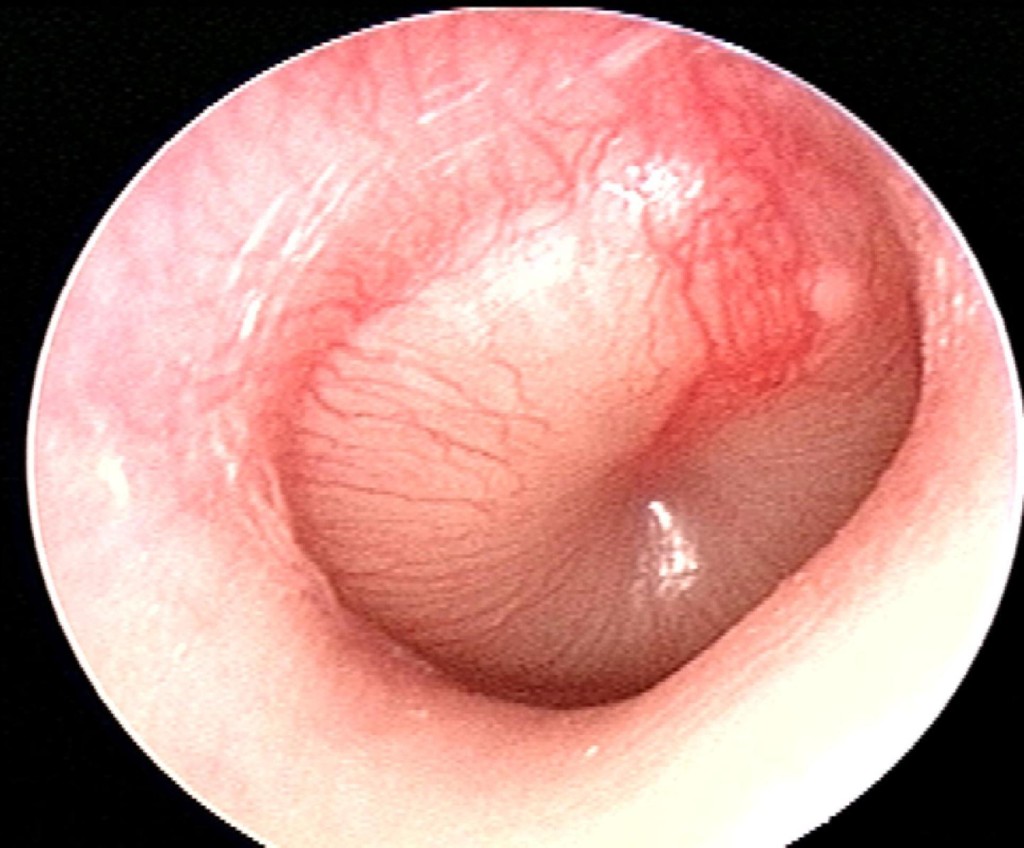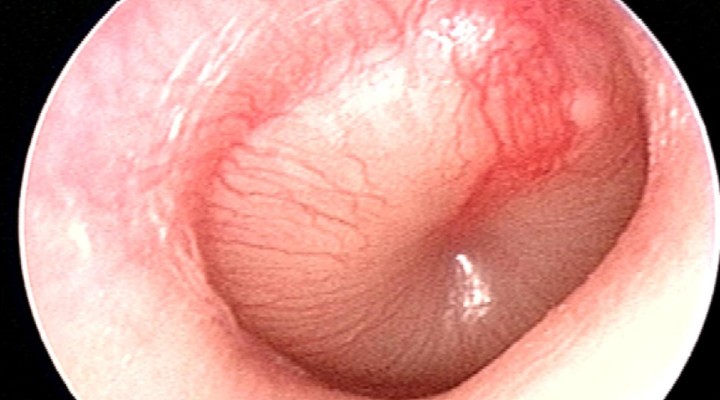In the United States, acute otitis media (AOM), defined by convention as the first 3 weeks of a process in which the middle ear shows the signs and symptoms of acuteinflammation, is the most common affliction necessitating medical therapy for children younger than 5 years.
Nursing Interventions for Acute Otitis Media 
- Determine pain characteristics through client’s description
- Use pain rating scale appropriate for age
- Monitor skin color and vital signs
- Encourage to increase fluid intake to decrease susceptibility to infection
- Reduce noise in the client environment.
- Look at the client when speaking.
- Speak clearly and firmly on the client without the need to shout.
- Provide good lighting when the client relies on the lips.
- Use the signs of non-verbal (eg facial expressions, pointing, or body movement) and other communications.
- Encourage to listen to music, have focused breathing, socializing to others or other diversional activities
- Administer analgesics as ordered by the physician
- Have the child sit up, raise head on pillows, or lie on unaffected ear. Elevation decreases pressure from fluid.
- Apply heating pad or warm hot water bottle. Heat increases blood supply and reduces discomfort.
- Have the child/patient chew gum or blow on balloon to relieve pressure in ear. Attempts to open the eustachian tube may help aerate the middle ear.
- Instruct family or the people closest to the client on how techniques of effective communication so that they can interact with clients to distract attention and reduce tension towards pain
- If the client wants, the client can use hearing aids.
- Assess motor and language development at each health care visit. Early detection of developmental delays can lead to appropriate intervention







